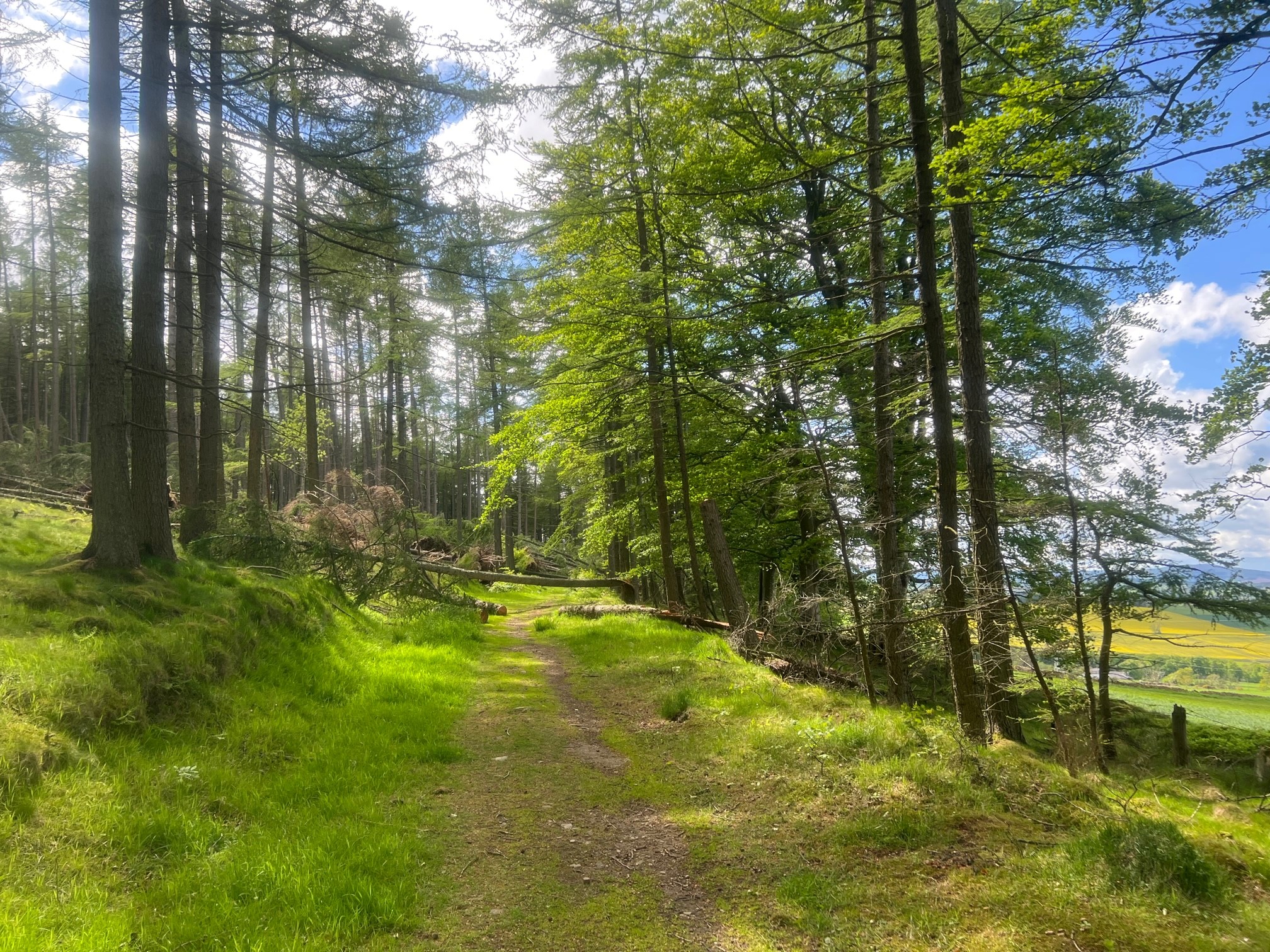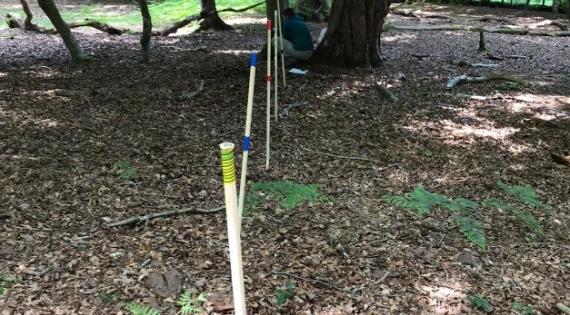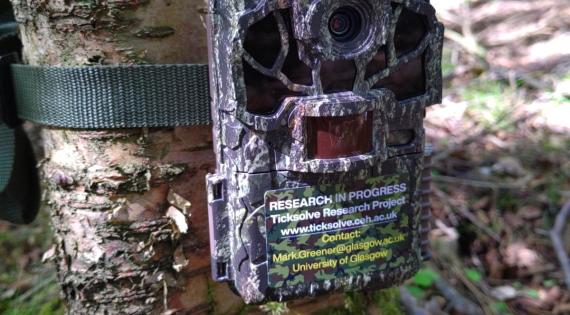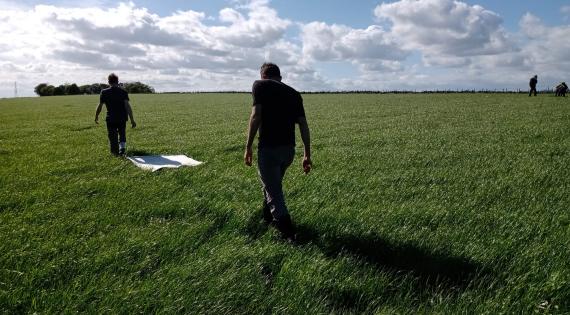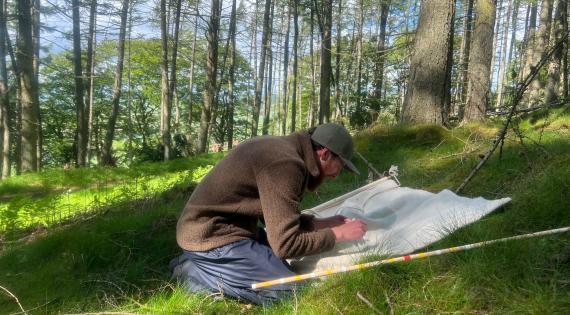We are well into the first month of TICKSOLVE fieldwork for 2023 at our Aberdeenshire and Wessex sites. This May we are surveying and collecting ticks from the same 60 sites (30 sites per study region) as last year to determine tick densities and then test for Borrelia. We have completed the tick surveys in the Wessex region and are one week into the tick surveys in Aberdeenshire.
We have also started setting up trail cameras for a second year, in order determine the density of medium-sized vertebrates (deer, badgers, foxes, etc.) using the woodland sites as they also act as hosts for ticks. 105 trail cameras were deployed in the Aberdeenshire sites during the last week of April and we will be changing the locations of these cameras in the upcoming weeks. Additionally, 90 cameras were deployed in Wessex in the last two weeks.
Along with tick surveys and camera trapping, the field teams in both the regions have also been carrying out vegetation surveys and deer scat surveys.
Here’s wishing our team excellent weather this field season!
